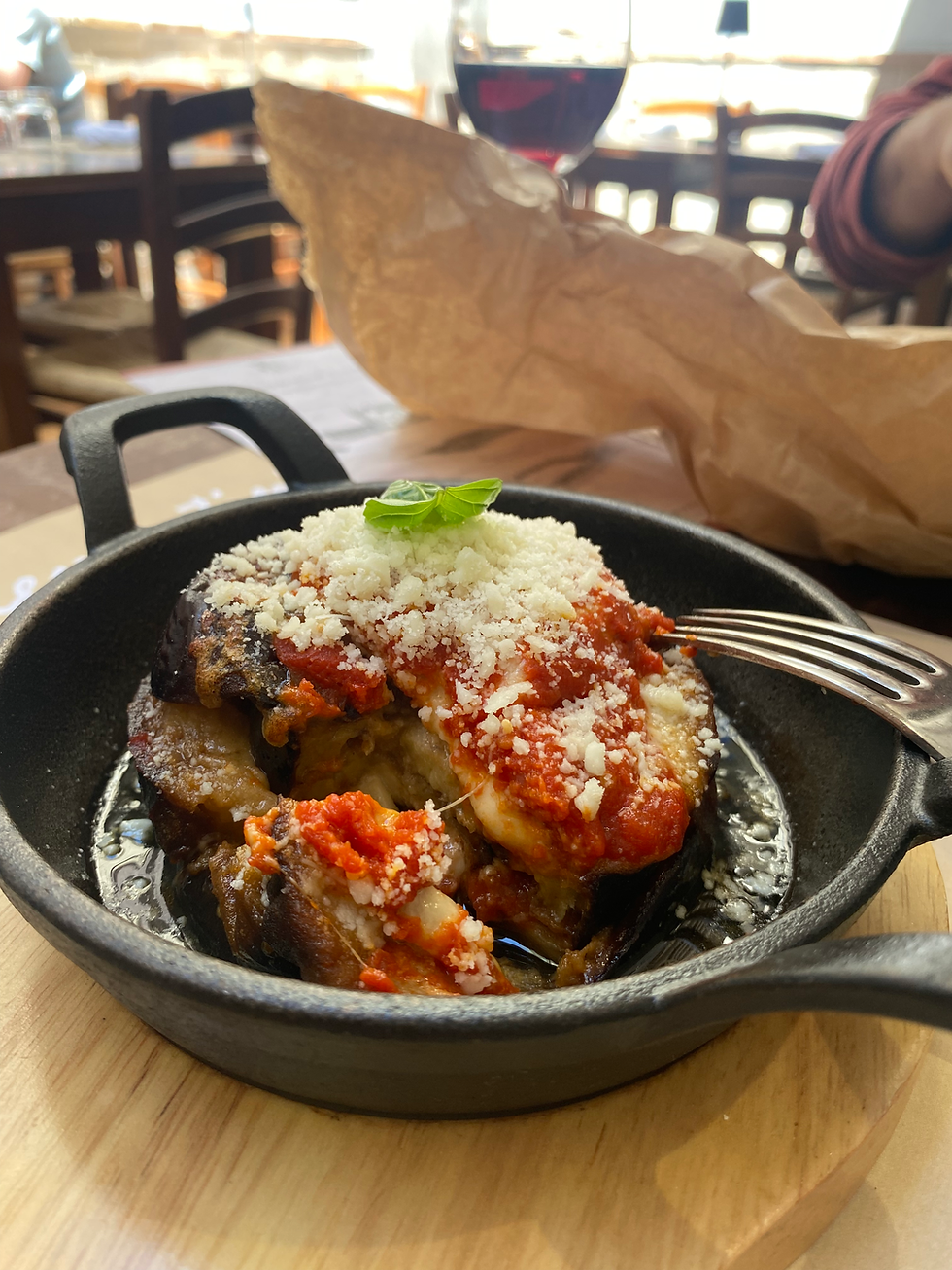Italy Travel Tips: Italian Phrases That Reveal the Heart of the Culture
- Jennifer Ormesher

- Apr 17
- 4 min read
Updated: May 1
Travel to Italy: 3 Italian Words That Don’t Translate—and Why They Matter!

When you travel to Italy, you’ll hear music in the language, even if you don’t understand every word. Italians have a beautiful way of describing their food, their lifestyle, and their traditions—often using words that don’t fully translate outside Europe. These words aren’t just vocabulary; they’re a reflection of the Italian spirit.
If you’re planning your trip to Italy, there’s no need to memorize complicated grammar. Instead, let’s focus on a few fun and flavorful Italian concepts that will help you connect more deeply with locals, enhance your trip, and maybe even inspire some changes back home. Sound good?
Table of Contents
Why Learning Italian Concepts Matters
Speaking even a few words of Italian while you travel can go a long way. Locals appreciate the effort—and it opens doors to warm smiles, helpful advice, and deeper cultural experiences.
But beyond “ciao” and “grazie,” there are uniquely Italian words that don’t have a perfect English equivalent. These words reflect the lifestyle and values Italians cherish—like slowing down, savoring food, and connecting with people. If you can understand these concepts, even just a little, you’ll see Italy through a richer, more authentic lens.

Aperitivo: Italy’s Favorite Pre-Dinner Ritual
Let’s start with one of the most beloved parts of Italian culture: aperitivo.
Aperitivo comes from the Latin word aperire, which means “to open”—in this case, to open your appetite. But in modern Italy, it’s much more than a light snack before dinner. Aperitivo is a social ritual. It’s a time to slow down, sip something refreshing, and catch up with friends before dinner begins.
Popular in cities across Italy—from rooftop bars in Rome to quaint piazzas in Florence or laid-back markets in Palermo—aperitivo is a cherished part of daily life. You’ll typically find:
A glass of Prosecco or a Negroni
Small plates of olives, cheeses, or cured meats
A relaxed, conversational vibe that encourages lingering
If you're traveling solo, aperitivo is also a great way to meet people. It’s a welcome break in the day, and one of the best ways to feel like a local.
Want to dive deeper into the aperitivo scene? Check out this guide from La Cucina Italiana on what to order during aperitivo and how to enjoy it like an Italian.
Gastronomia: A Deep Love for Food and Flavor
Gastronomia refers to the art of preparing and serving delicious dishes—but in Italy, it goes even deeper. Food isn’t just a necessity; it’s a core part of the culture.

Gastronomy is evident everywhere:
Seasonal ingredients used with intention
Recipes passed down for generations
Mealtime as a moment to slow down and connect
You’ll often see the word “gastronomia” on small gourmet shops that sell regional specialties—perfect for picking up a picnic or tasting local favorites.
Traveling during a local food festival or gastronomic fair (like the Alba White Truffle Fair or a wine harvest in Tuscany) is one of the best ways to experience Italy through your senses. For more ideas, see Tratoria Il Panino's blog for insights into regional Italian food festivals.
Degustazione: Savoring Every Bite and Sip
Derived from the Latin word for "taste," degustazione means to deliberately savor food and drink—often through a multi-course meal or wine tasting experience. It’s a celebration of flavor, craftsmanship, and community.

Here’s what a degustazione in Italy might include:
Wine tastings with expert sommeliers
Local pairings like Chianti and pecorino with truffle
Tasting menus where each course builds on the last
Discussions of texture, bouquet, body, and finish
Imagine a day in Tuscany where you dip bread into rich olive oil, sample handmade pesto, and sip local red blends while looking out over sun-drenched vineyards. That’s degustazione at its finest—and it’s just as much about the people as it is about the food.
Friendly phrase to remember:“Mamma mia, che buono!” (Oh my, how delicious!)Use it generously during tastings and meals—it’s sure to earn you a smile.
Want to learn more about food pairings and tasting etiquette? Explore Italy Magazine’s wine and food guides for regional inspiration.
Bringing Italian Culture Back Home
Travel changes us—and travel to Italy often leaves a lasting impression. After your journey, you might find yourself:
Starting your evenings with a mini aperitivo
Putting more thought into your meals (and sharing them with friends)
Hosting your own wine tasting with a curated cheese board
Savoring a moment rather than rushing through it
The beauty of these Italian words is that they describe a lifestyle you can embrace anywhere. It’s not just about where you travel—it’s about how you live when you get there (and after you return).
Ready to Plan Your Trip to Italy?

Whether you’re daydreaming about sipping Prosecco on a rooftop in Rome, exploring a food festival in Tuscany, or sharing a plate of truffle pasta in a medieval village, these Italian words are your passport to a richer experience.
Let me help you build an Italy itinerary that brings these moments to life. From uncovering hidden food tours to booking wine tastings with local hosts, I’ll stitch every detail together so you can simply show up and enjoy.
Ready to say “Andiamo”? Let’s plan your trip to Italy today.
FAQs About Italian Words and Travel to Italy
1. Do I need to speak Italian to travel to Italy?
Not at all! Most Italians in tourist areas speak at least some English, but learning a few basic phrases or cultural terms like "aperitivo" or "cin cin" goes a long way.
2. What is the difference between aperitivo and happy hour?
They’re similar, but aperitivo is more about socializing and setting the mood for dinner. It usually includes light snacks and drinks but doesn’t replace a full meal.
3. What kind of food do you eat during a degustazione?
It varies by region but often includes cheeses, wines, olive oils, cured meats, and multi-course tasting menus. The focus is on savoring each flavor slowly.
4. Can I attend food or wine tastings even if I’m not an expert?
Yes! Tastings are designed to be welcoming and educational. You don’t need to know anything in advance—just bring your curiosity and appetite.
5. What’s the best time of day to enjoy aperitivo in Italy?
Typically between 5:30–7:30 PM, before dinner. It’s not meant to replace your evening meal but to whet your appetite and enjoy good company.









Comments